Arthritis in Cats - Signs, Symptoms & Managing the Condition
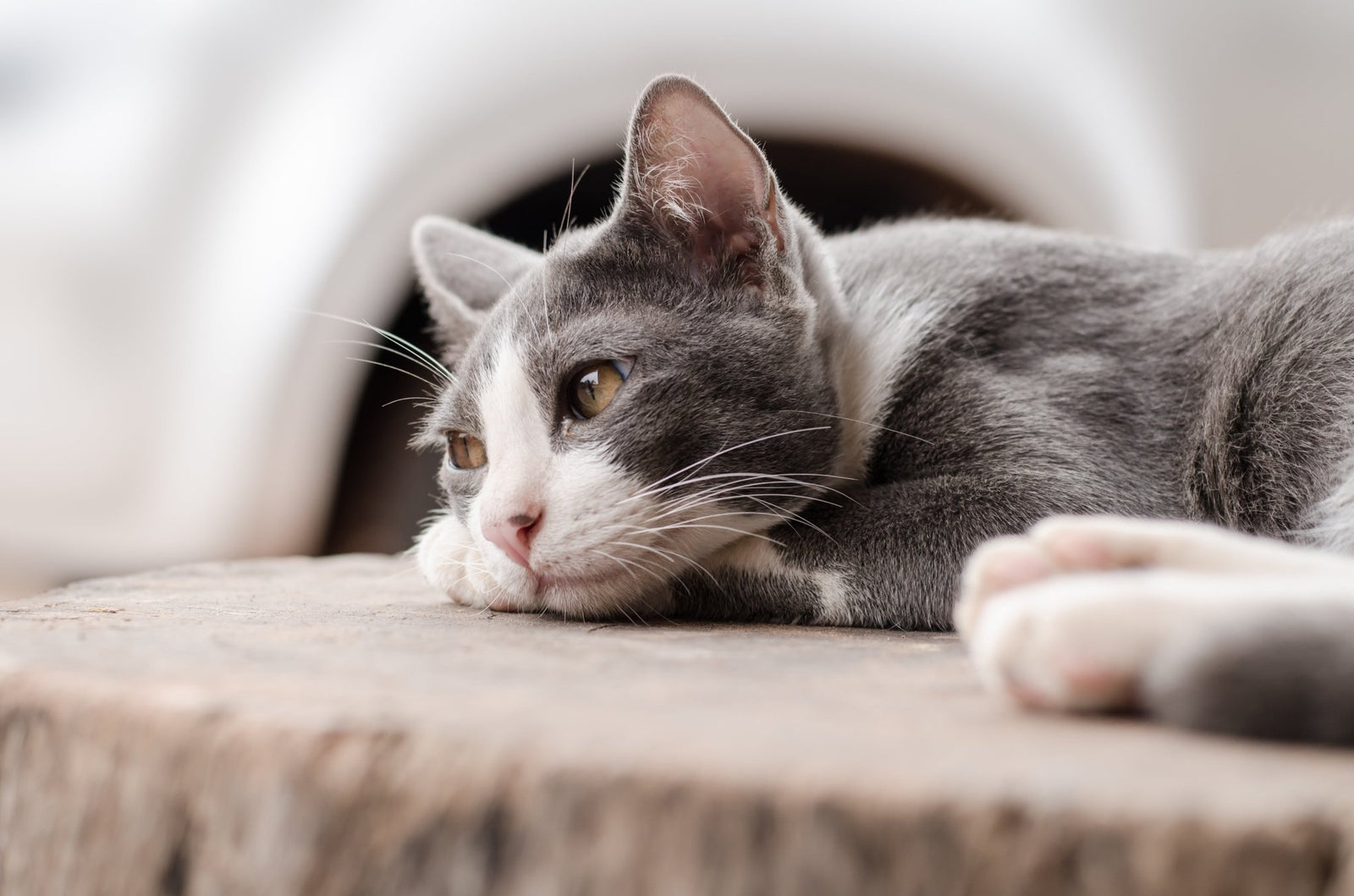
Table of Contents
- What is arthritis in cats?
- Symptoms of arthritis in cats
- What causes arthritis in cats?
- Diagnosing cat arthritis
- Cat arthritis management
- Cat arthritis care at home
What is arthritis in Cats?
Just as us humans, cats also develop arthritis as they age. Arthritis, also commonly referred to as osteoarthritis or degenerative joint disease (DJD), occurs when the cartilage cushion between the bones deteriorates. The adjacent bones rub against each other, causing pain, a decrease in joint movement, and inflammation. Joints such as hips, shoulders, knees, elbows are commonly affected however any joint can be affected by arthritis. Although arthritis is a progressive bone disease commonly affecting older animals, it is important to remember that it is not just a normal part of ageing. If actively managed with proper treatment and care, the course of the disease can be slowed and remaining joint function may be preserved so your cat can enjoy its golden years in comfort.
Symptoms of Arthritis in cats
Cats are very good at hiding signs of pain. Making it somewhat difficult for owners to know if their pet is affected and whether it requires treatment. However, there are some common signs to look out for in your cat.
- Cats rarely limp, instead they show the following signs of pain:
- Difficulty in jumping or don’t jump as high
- Reluctant to go upstairs or onto high furniture
- Less fluid, stiff gait
- Less active
- Appear stiff
- Resistance to being picked up or petting
- lack of grooming – matted fur
- less interest in activity/play – sleeping more
In short, instead of limping or showing clear signs of pain, cats tend to sleep more and be less active to avoid pain associated with movement. The reduced flexibility means they are unable to groom themselves as it’s too painful to ‘bend’ or ‘flex’ their joints.
What causes arthritis in cats?
The most common cause of arthritis in cats is the wear and tear of the joints (osteoarthritis). A study at Cornell University showed that 90% of cats over the age of 12 exhibited signs of osteoarthritis in x-rays. Another factor that can cause arthritis is hip dysplasia. It is a genetic condition that causes the joints to develop abnormally, increasing the chances of the animal developing arthritis. Trauma and injuries of the joints can also increase the chances of arthritis in cats.
Diagnosing Cat Arthritis
If your cat is exhibiting any symptoms of arthritis discussed earlier, it might be a good idea to take your cat to the veterinarian to be diagnosed. Your vet should conduct a thorough clinical examination. Your vet will likely look for stiffness and pain in joints. Your vet may also conduct X-rays of your cats’ joints and monitor over time to see the progression of the disease.
Cat arthritis management
1. Weight control
Excessive weight puts more stress on already aching joints and the aching joints lead to the cat becoming less active causing further weight gain. It is crucial to break this cycle by maintaining your cat’s weight. If your cat is overweight, you should look at reducing treats and offering meals only twice a day. Although a cat with arthritis is less likely to be active and playful, you should consider buying toys and spending more time with your cat to promote more activity and play. This will help your cat lose/maintain a healthy weight.
2. Diet
You might want to consider putting your cat on a specialist diet. Talk to your veterinarian who may be able to recommend a diet that contains beneficial nutrients that promote healthy joint function. Low-calorie diets are also available that can help your cat lose weight.
3. Medication
Your vet may prescribe medication such as non-steroidal anti-inflammatory drugs (NSAIDs). It helps to relieve pain and reduce inflammation to improve your pet’s quality of life. However, it’s important to talk to your vet and ask questions if you have any concerns as there may be side effects of taking such medication.
Cat Arthritis Care at Home
You can do things around the house that can make your cats life with arthritis a little easier. A comfortable bed with plenty of warm blankets will go a long way. Consider installing ramps to help your feline reach high places. Put nonslip mats on hard floors to make walking easier. Use raised food and water bowls, so they don’t have to reach down.
Disclaimer: The content on this website is for educational purpose only. We recommend you talk to your veterinarian if you have any concerns, if the lameness worsens or are unsure. Products on this website are not intended to diagnose, cure, treat or prevent any disease. The statements made on this website have not been evaluated by the Food and Drug Administration.




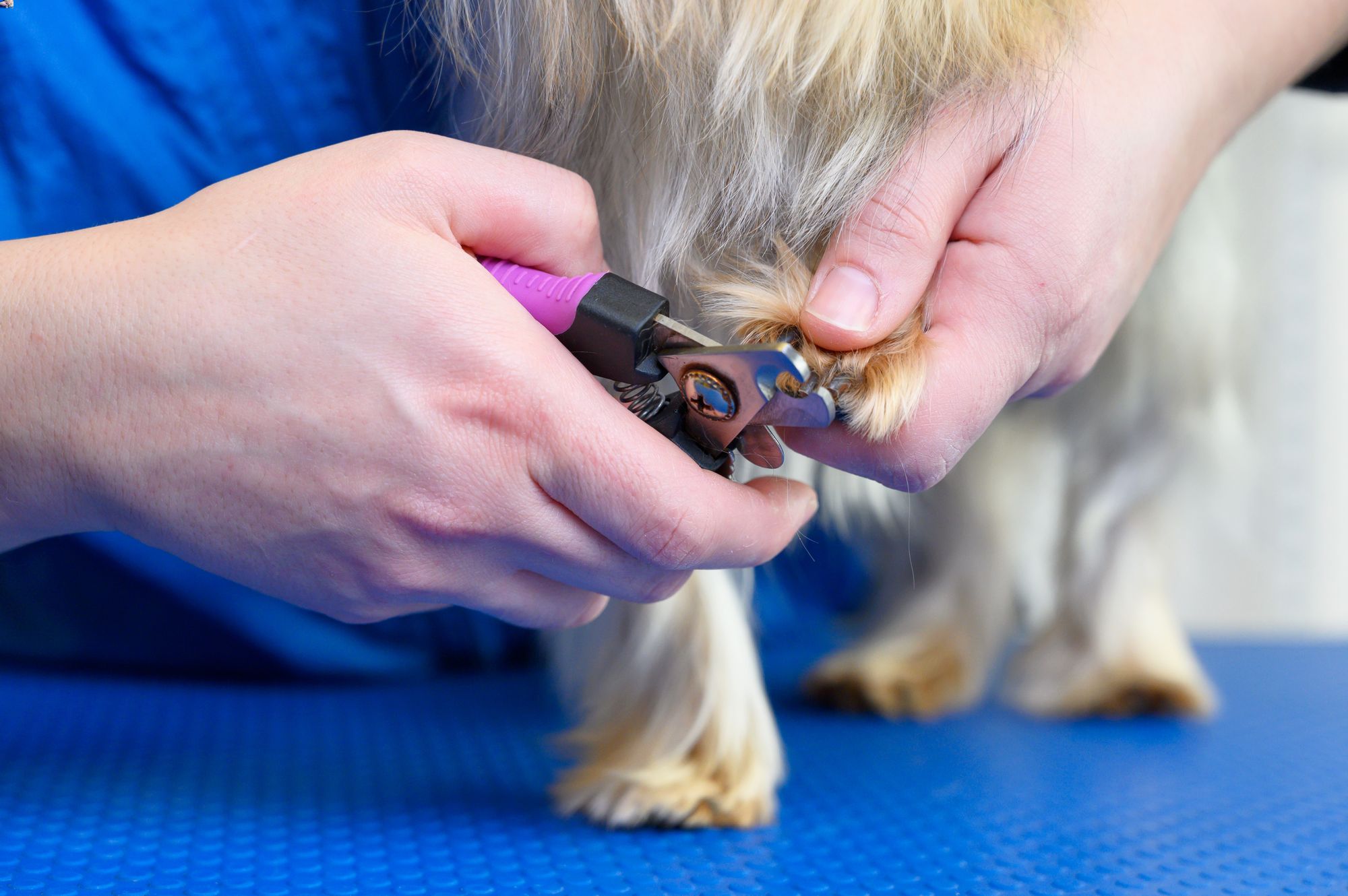






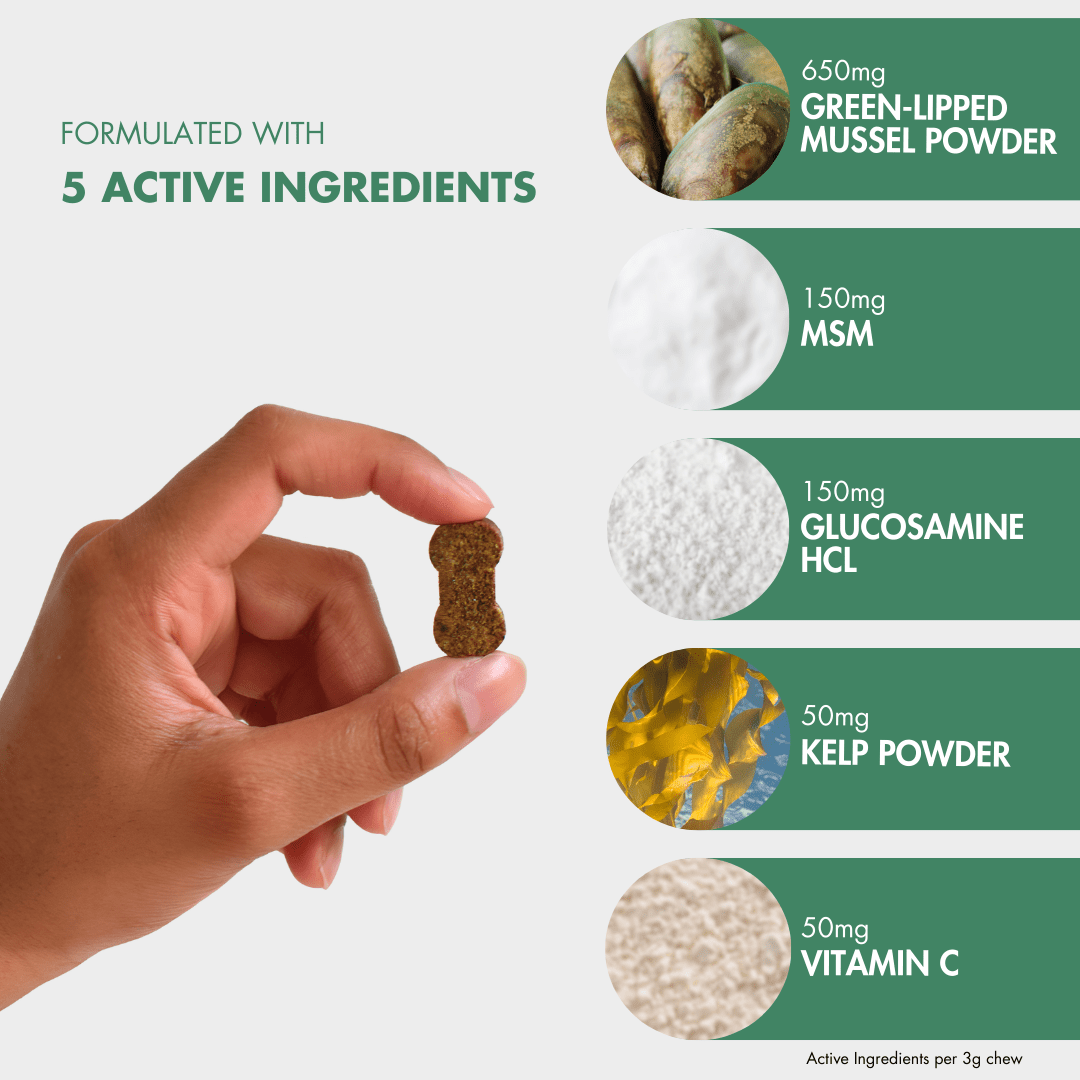

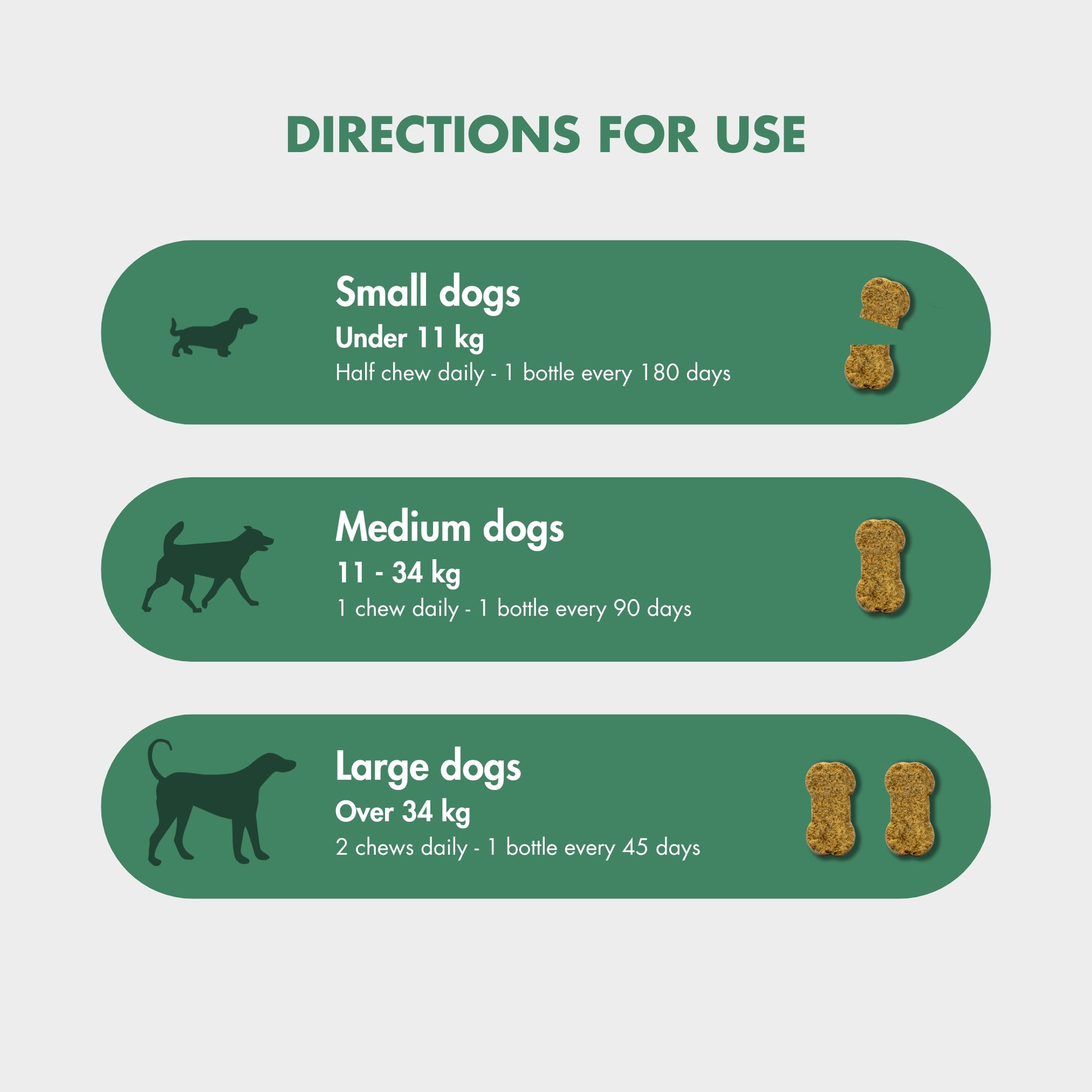
![FlexiPaw Calm & Relax Chews for Dogs - Soft chews made with Ashwagandha, L-Theanine, Chamomile & Passion Flower to help relieve dog anxiety and promote relaxation. [270g container]](http://flexipaw.com/cdn/shop/files/website_slider_CALMING_b2a57442-9be6-4f29-82ec-67f758fb05dc.jpg?v=1726977474&width=4050)
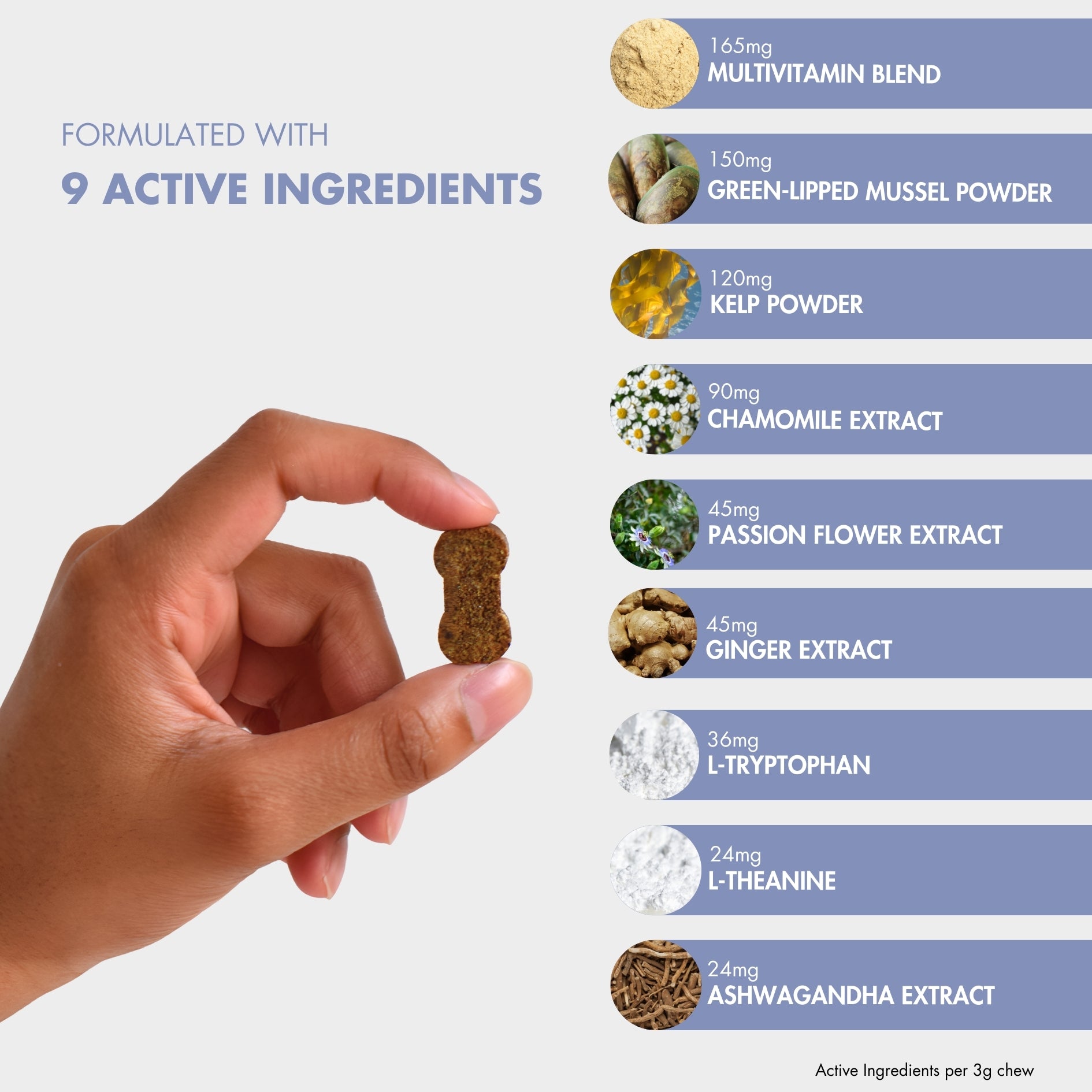
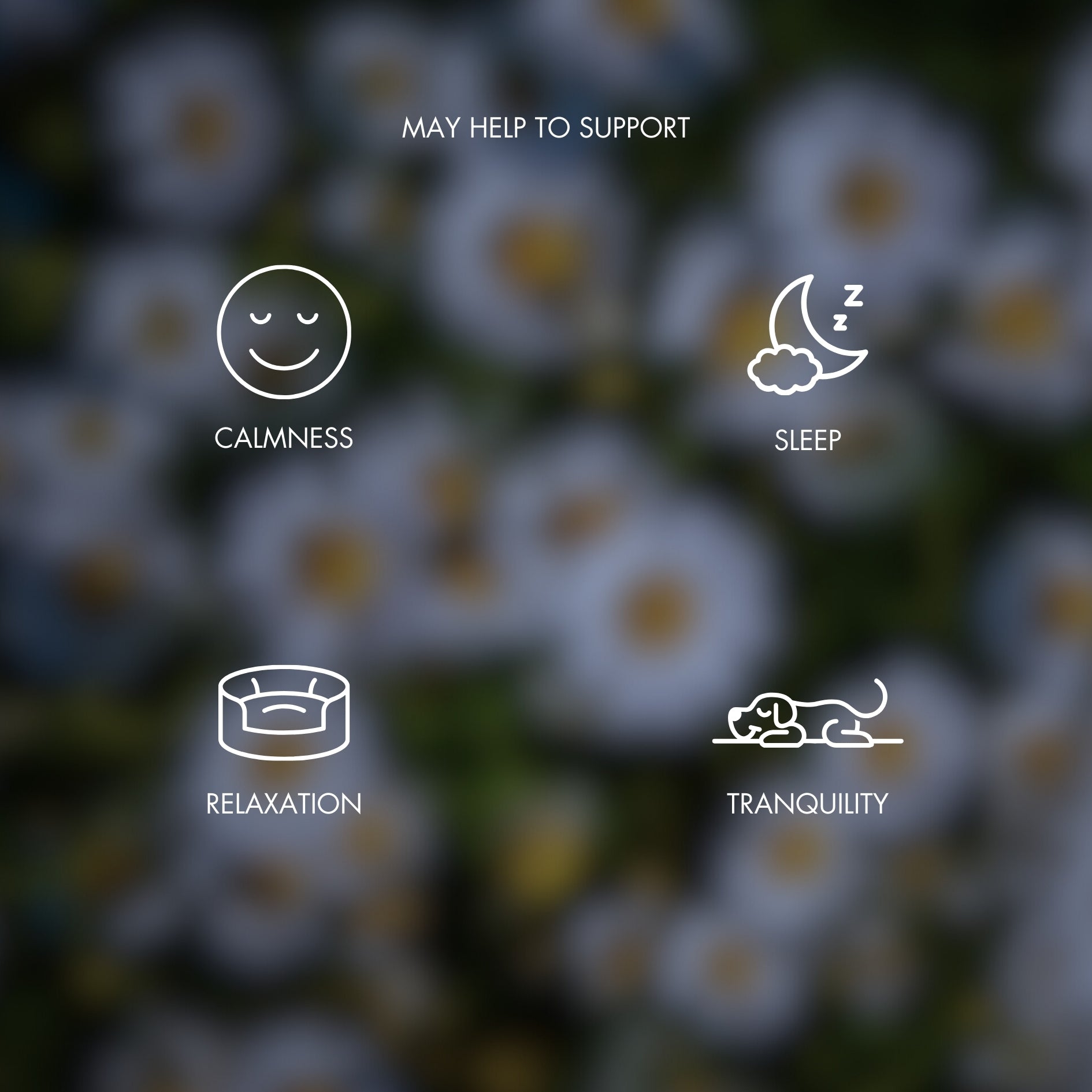
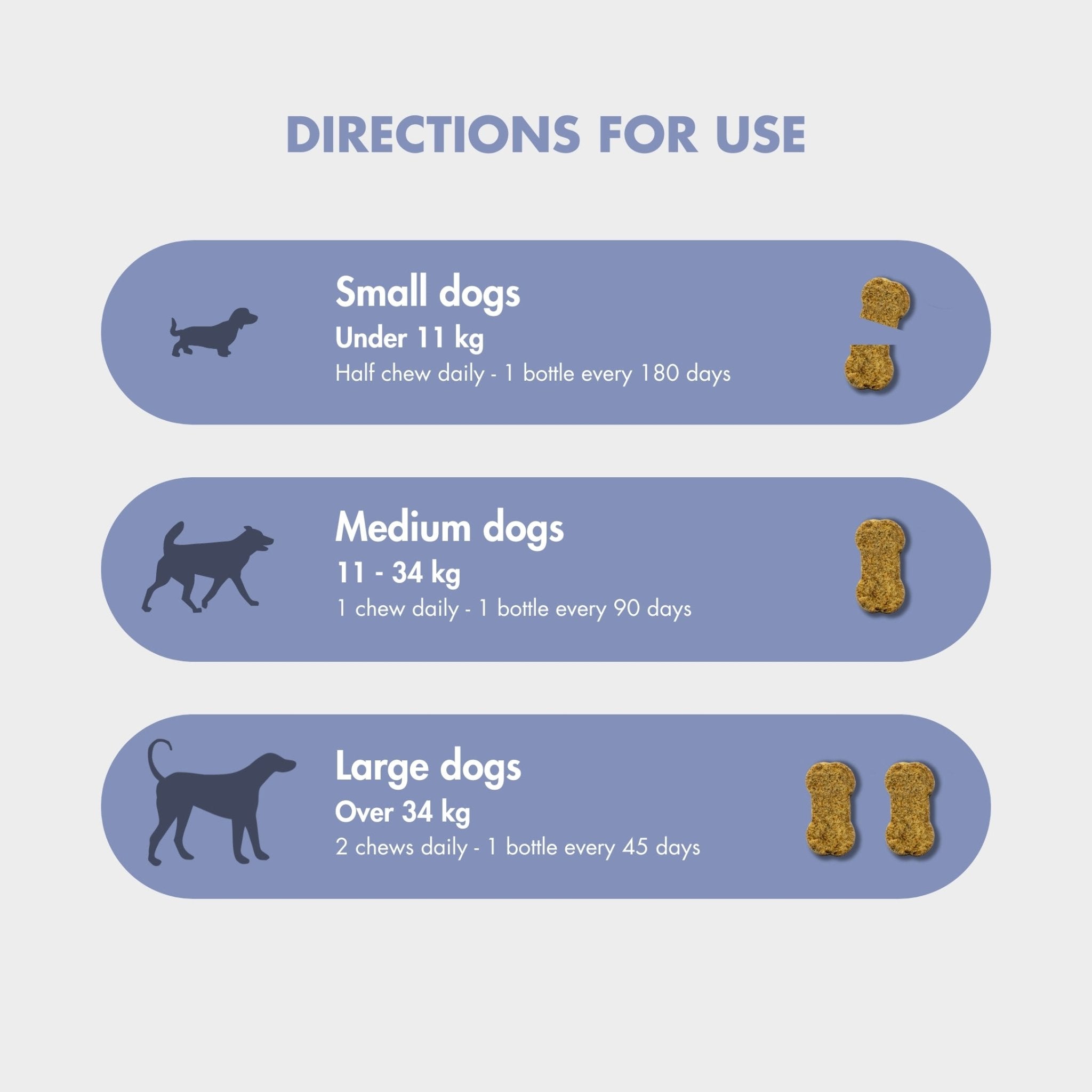



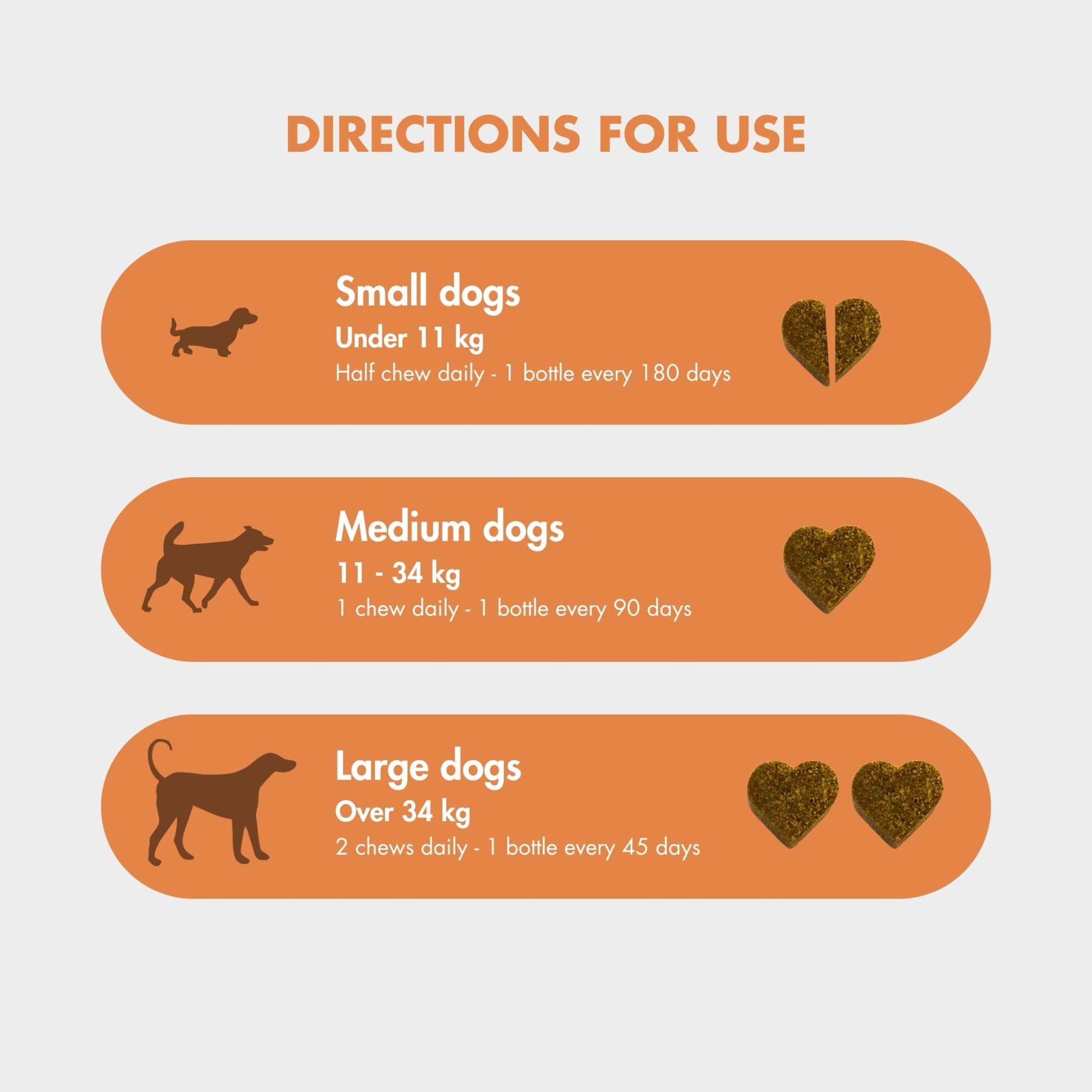

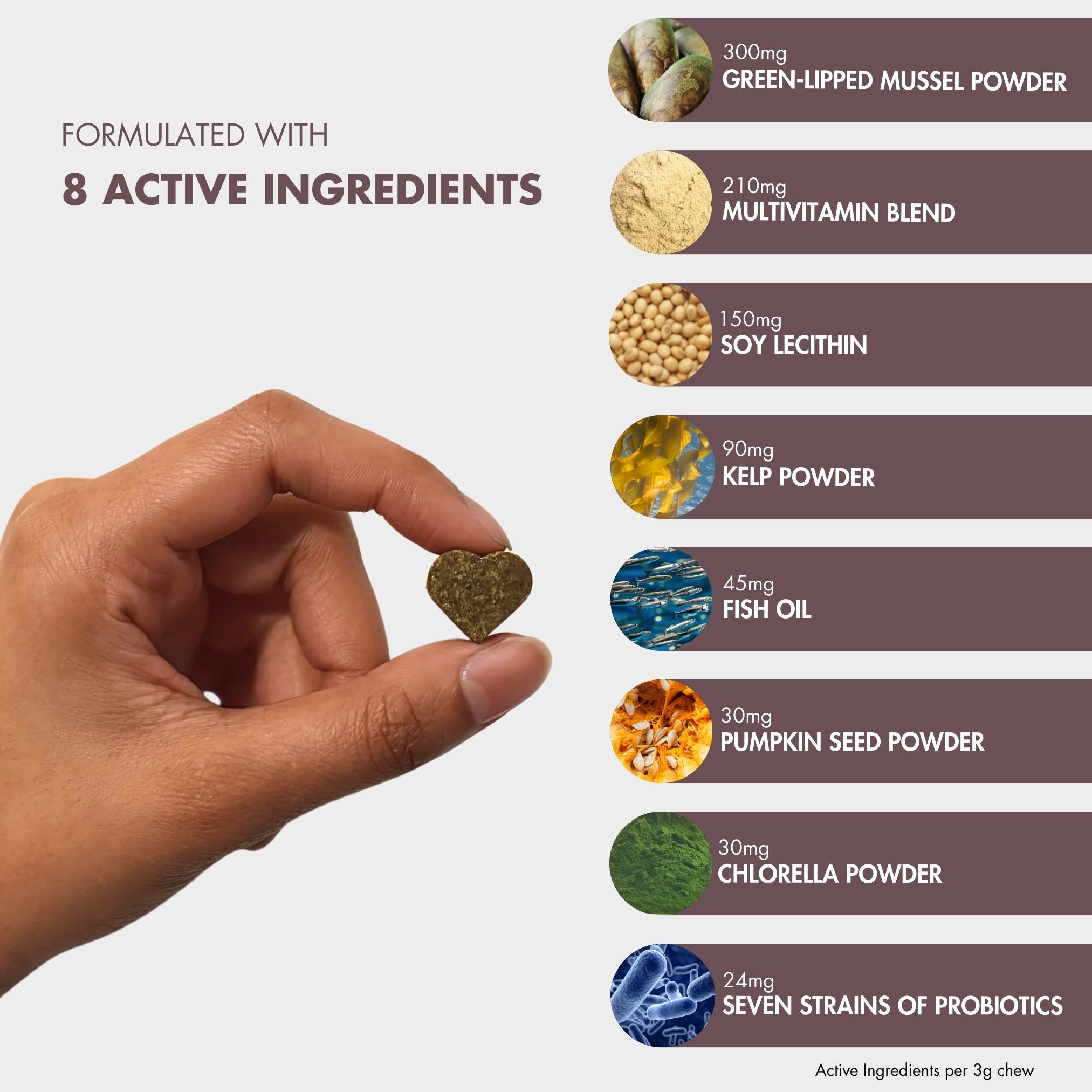

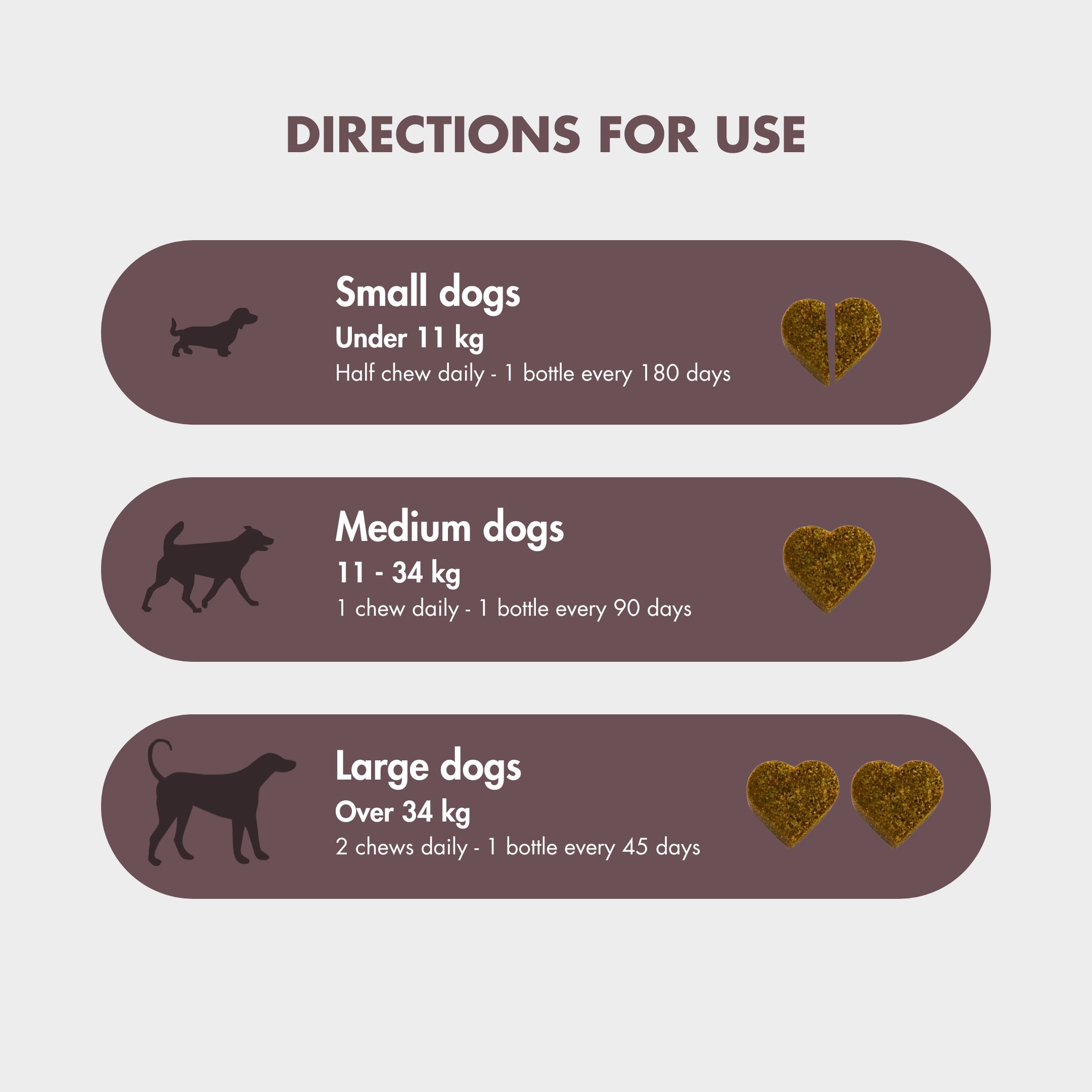


Leave a comment